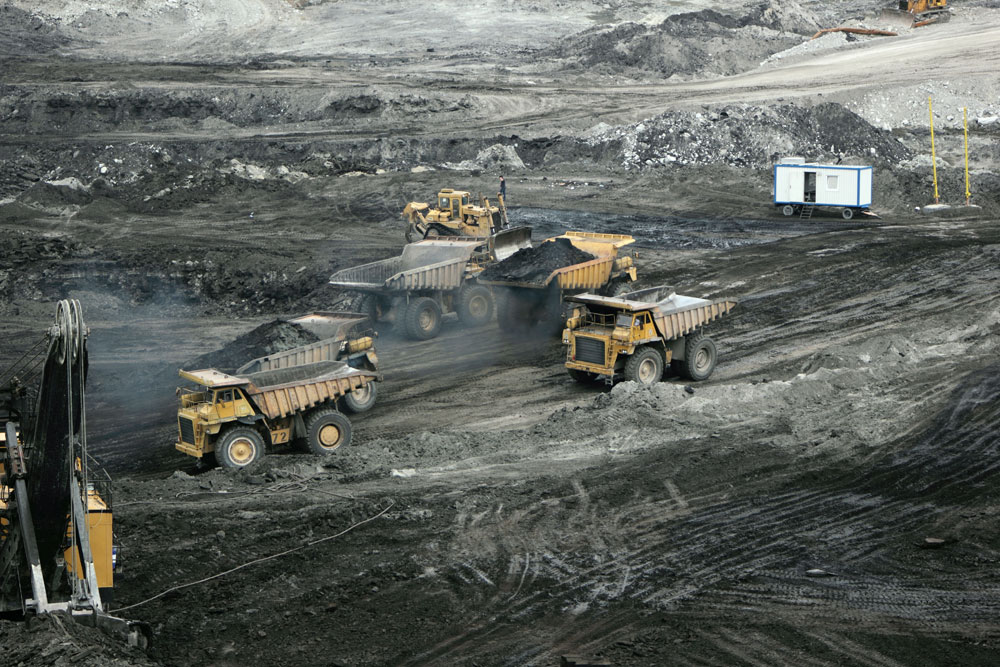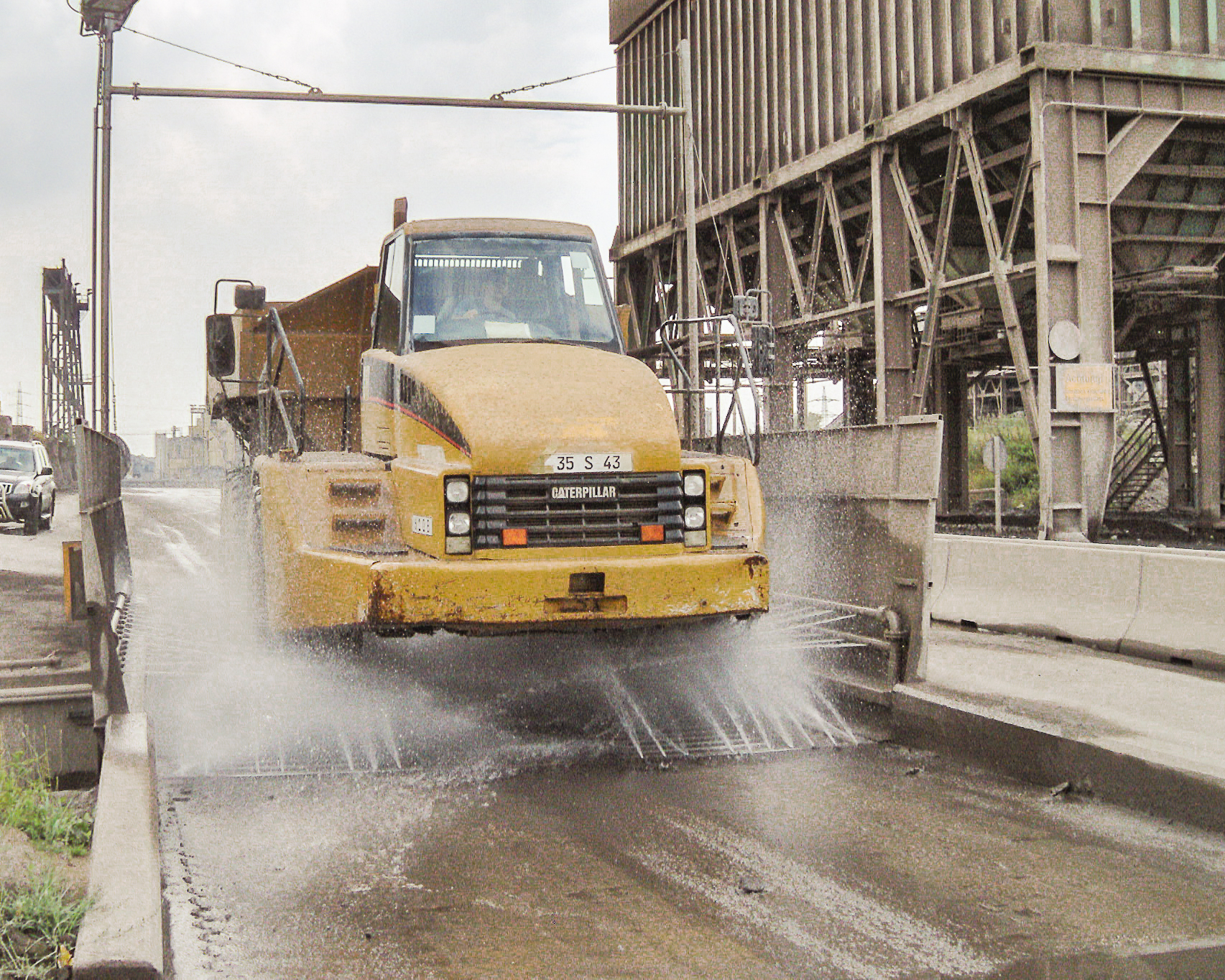
Zambia's government is under increasing pressure from the mining sector to reduce the royalty increases introduced at the beginning of this year. The government royalties on open-pit mines increased from 6% to 20% and has received fierce criticism from mine operators in the area.
Two major stakeholders include First Quantum and Barrick both who have mines affected by the royalty increase.





 NAN-Americas-Mining-Nov14-Bro-s_0.pdf
NAN-Americas-Mining-Nov14-Bro-s_0.pdf





